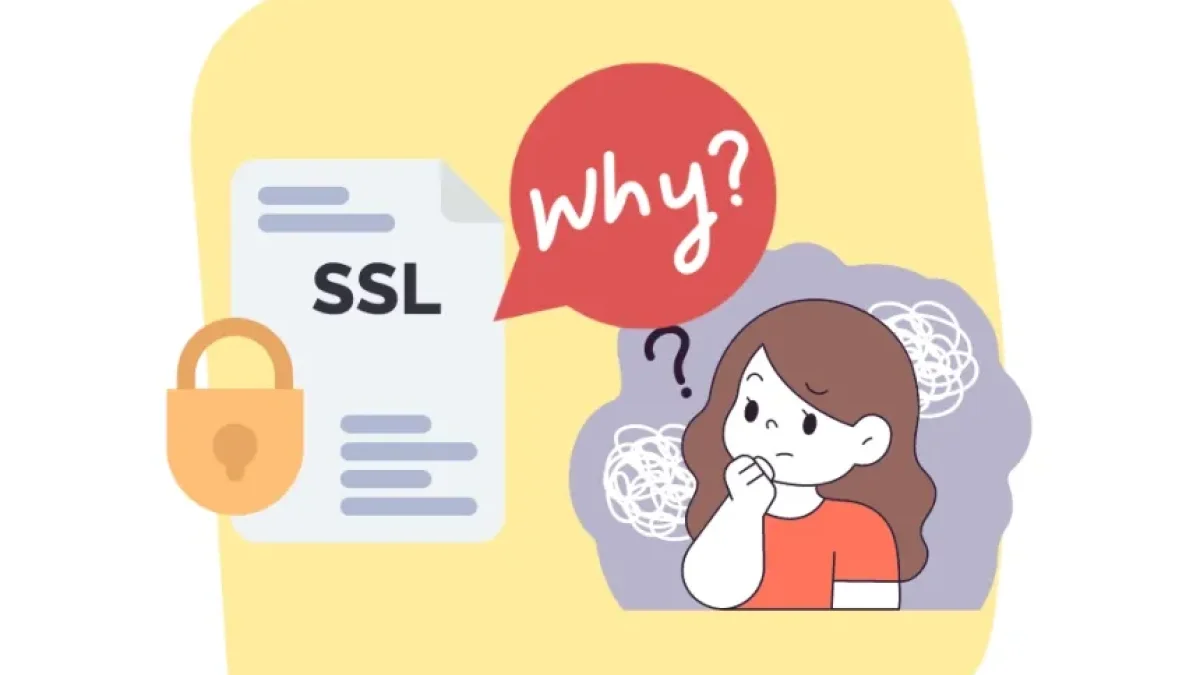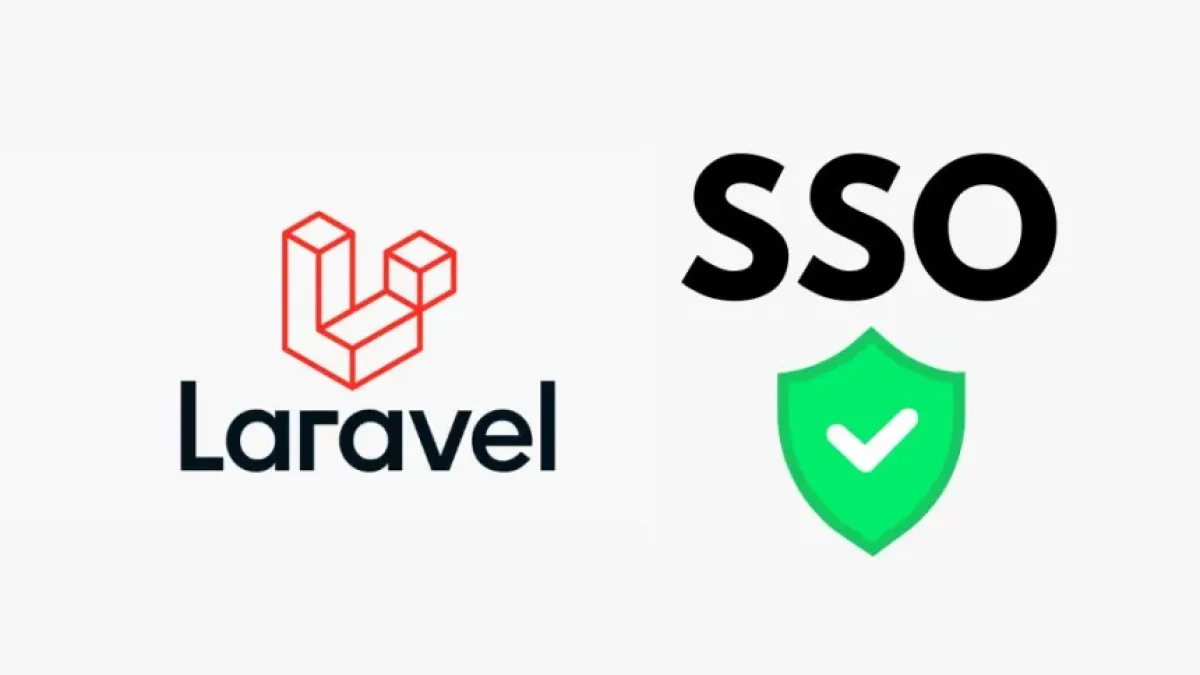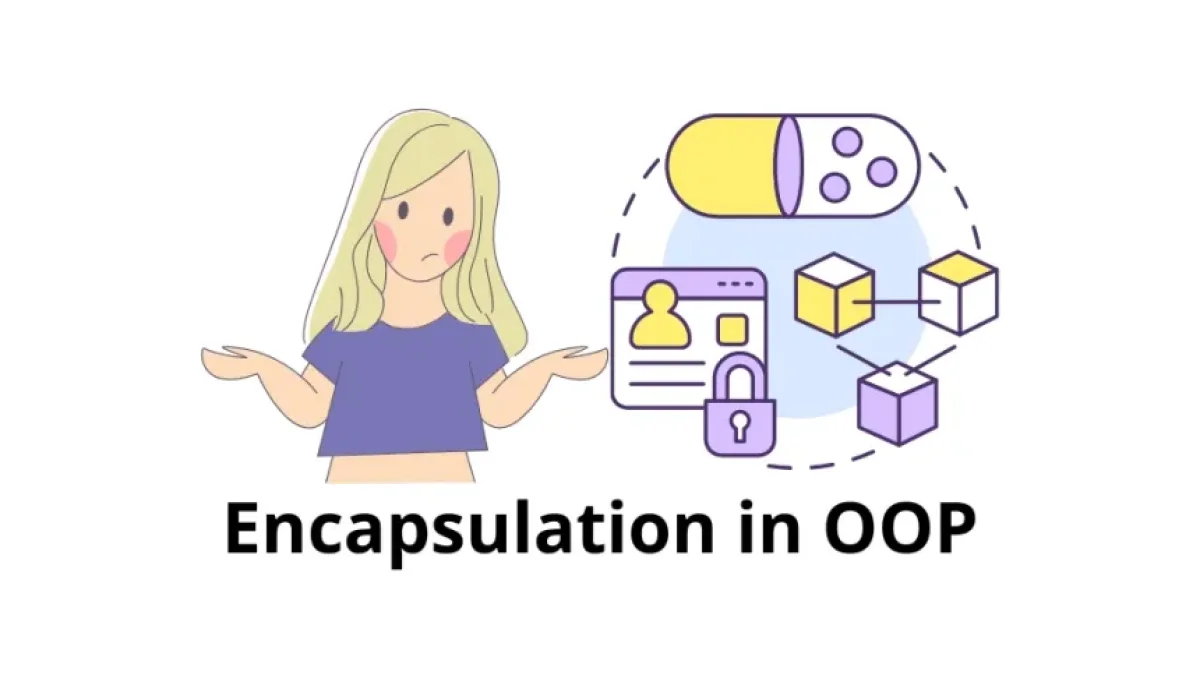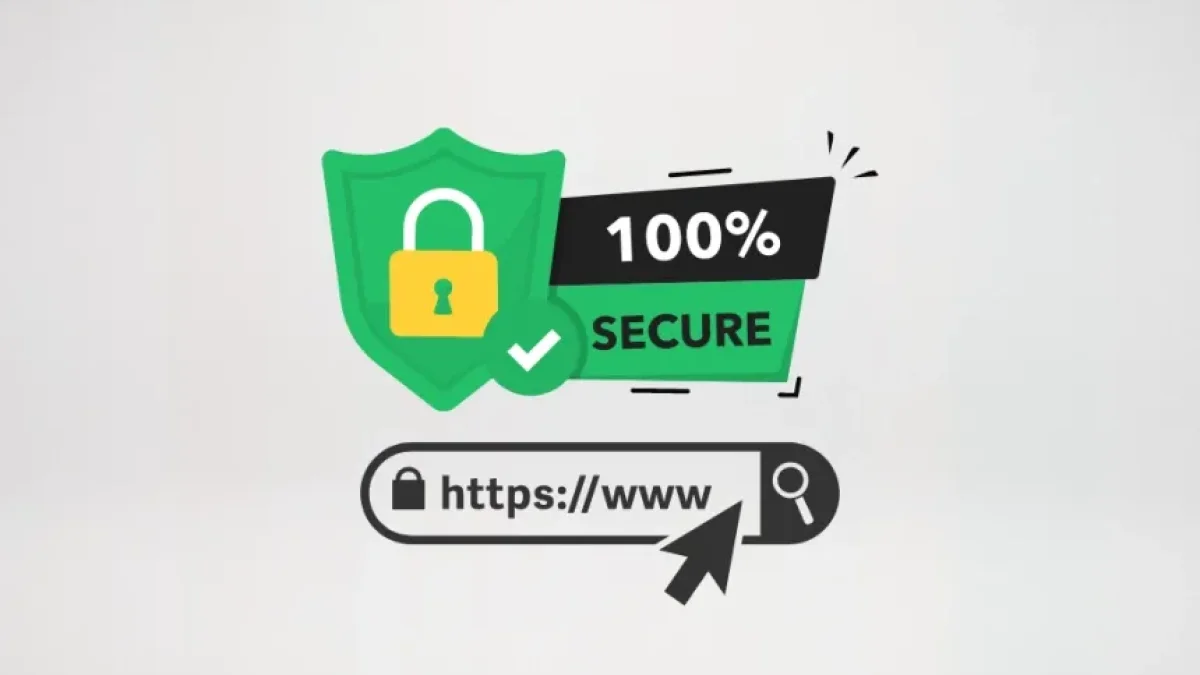Best security practices in Laravel that you should know.

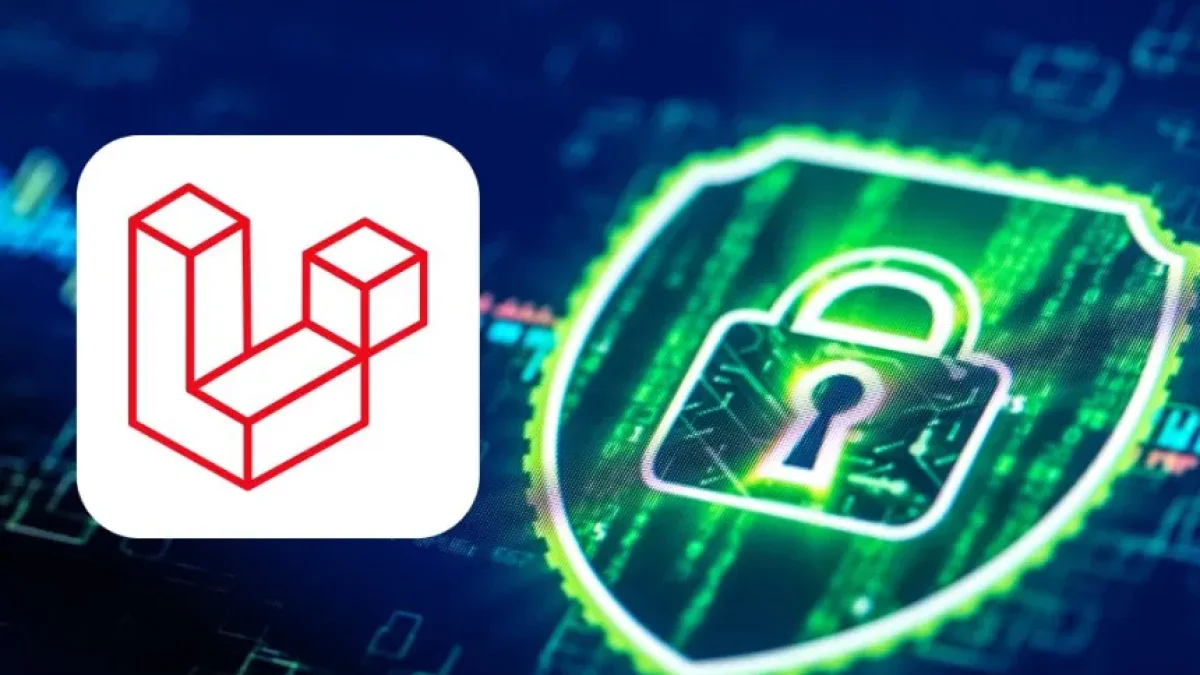
Laravel is one of the most popular PHP frameworks due to its elegance and ease of use. However, like any platform, it is essential to ensure that our applications are secure and protected against potential threats. Below are the best security practices that all developers using Laravel should consider to protect their applications.
1. Authentication and Authorization
Laravel offers an easy-to-implement authentication system. It is important to utilize the functions it provides to verify the identity of users. Additionally, ensure that you implement authorization controls to limit access to sensitive functionalities and data, using the policy system that Laravel offers.
2. Protection Against XSS Attacks
Cross-Site Scripting (XSS) attacks can compromise the security of your application. To prevent these attacks, use Laravel's escaping functions such as {{ }} or @php to ensure that the data displayed in views is properly filtered and does not contain malicious scripts.
3. Data Validation
Before storing or processing any data submitted by users, it is crucial to validate it. Laravel provides powerful tools for data validation through its request system. Make sure to define appropriate validation rules to filter and validate input data before proceeding.
Read also
4. CSRF Protection
Protection against Cross-Site Request Forgery (CSRF) is vital for maintaining the integrity of your application. Laravel automatically includes CSRF protection in its forms, helping to verify that requests come from trusted sources. Always ensure that you include the CSRF token in your forms to prevent attacks.
5. Secure Password Storage
Password storage is one of the most critical aspects of security. Laravel uses bcrypt for password hashing, ensuring that passwords are kept secure. Never store passwords in plaintext and make sure to use Laravel's functions for hashing.
6. Use of HTTPS
Using HTTPS is essential for encrypting data transmitted between the client and the server. This helps to prevent attackers from intercepting sensitive data. Configure your application to force redirects from HTTP to HTTPS, ensuring that all communications are protected.
Read also
7. Protection Against SQL Injections
Laravel uses the query builder and Eloquent ORM, which help prevent SQL injections. It is crucial not to manually concatenate SQL queries and always use the methods provided by Laravel to interact with the database. This ensures that your queries are safe and protected against injections.
8. Constant Framework Updates
Keeping your Laravel instance updated is fundamental for ensuring security. Laravel regularly releases updates that address security vulnerabilities. Make sure to follow the release notes and update your application to benefit from the latest security enhancements.
In summary, applying these best security practices will help protect your Laravel application against various threats and maintain the integrity of data and the privacy of your users. Securing your application should be a priority to ensure your users' trust.
I encourage you to continue exploring more relevant content on security and development in my blog, where you will find valuable and updated information on topics that will help you improve as a developer.

